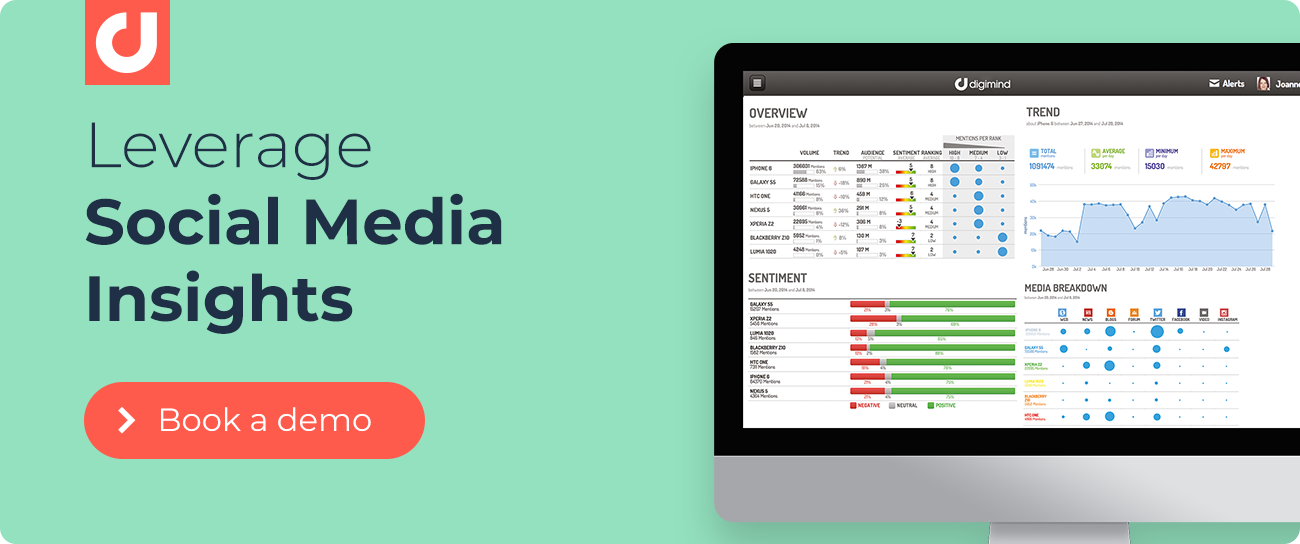The 4 Biggest Misconceptions About Social Media Monitoring
In TNS’ Asia Pacific Marketing Monitor 2016 report, 46% of 2, 250 marketers surveyed cited social media monitoring as a metric that informs marketing planning.
Indeed, reliance on social media monitoring is increasing as marketers realise the value of such insights to build data-driven strategies.
But it’s not just about tracking comments and feedback on your brand’s social media channels. What about engaging your audience? In the same study, only 45% felt in control of the many customer touch points available.
So what are the 4 biggest potential pitfalls in social, and how can marketers avoid them?
1. My brand’s owned pages and ads are my only touchpoint with customers on social media
While owned social media pages and ads are the primary channels for establishing a brand’s presence online, they are not the only way of reaching customers. With social media channels such as Facebook and Twitter, as well as forums like Reddit, customers are free to share their experiences with their personal network.
Thus, marketers should pay attention to this potential “blind spot” of word of mouth recommendations and complaints outside their owned pages. As Maria Del Rosario, Head of Digital at Lexus Asia Pacific puts it, “experiences are what customers remember, and what they talk about.” Social media amplifies experiences, and by monitoring conversations on social media, brands can get a 360 view of their their potential touch points.
2. Social media is only good for branding and customer service
While “brand communications” and “customer service” topped the list of marketing aims in APAC, marketers can also benefit from a wealth of market intelligence on social. This includes diversifying sales, as well as mining cues for product development.
For example, Singapore Airlines, a national carrier, posted a collage of 2 luggage combinations, and asked their followers to choose 1 by Liking or reacting to it. While the post gathered traction, it also helped the carrier to see which luggage combination was more popular, without having to carry out surveys.
3. Social media data is useful only for marketing and PR
Social media data benefits the whole organization, not just the “outward facing” departments like marketing and PR:
With social media fast overtaking traditional channels for market intelligence, the two will inevitably merge. Organisations would benefit from socialising this information throughout the company. This includes establishing in-house command centers, as well as internal networks to circulate relevant information.
4. The more real-time the data, the more accurate it is
Yes and no. Real-time social media data captures what is happening the dot, which gives marketers dexterity in responding to what’s happening.
What remains is to move on from the “what’s this?” to the “so what?” of social media data. To really get the full picture marketers need to add context to the data by combining it with other metrics.

Written by Melissa Chue
Melissa is a digital advocate who loves diving into the latest trends in digital and social media. Since joining Digimind’s marketing team in 2015, she has written studies for over 15 industries in Asia Pacific. When she is not telling stories about data, Melissa can be found exploring her favourite cafes and hangouts on Instagram @chuepachups.
.png?width=100&name=logo%20(1).png)


